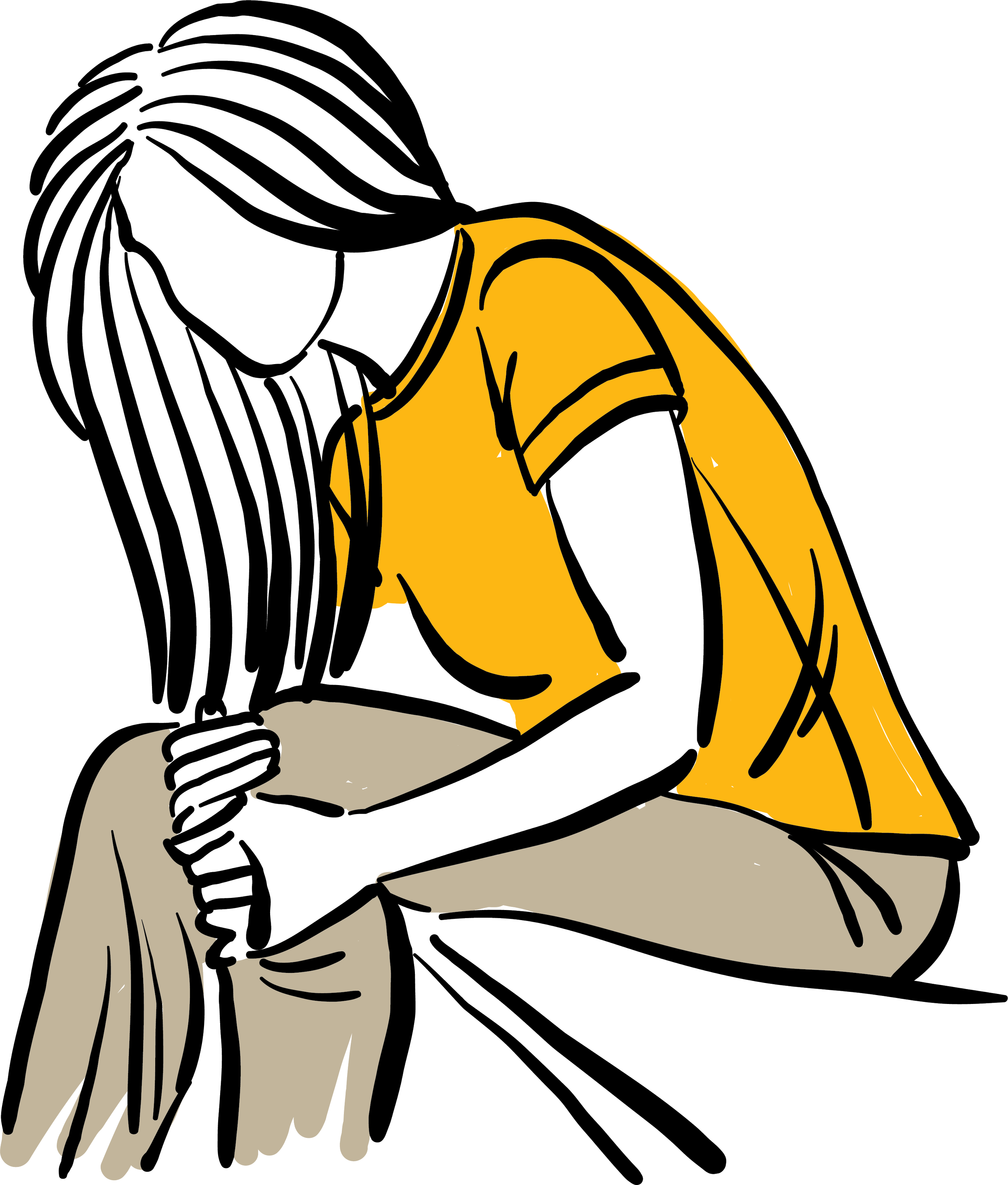KNEE PAIN
Dr. Amy M. O’Donnell specializes in detecting the cause of knee pain and offers evidence-based treatment for knee pain
Knee pain is on the rise over recent years, not surprising considering the increase in exercising
Research shows that most knee pain is the result of overuse or wear and tear. There is a saying that “the knee has two bad neighbors, the ankle and the hip.” The largest joint in the body, the knee sits between these two joints, which may be the primary cause of knee pain. If either the ankle or hip has lost their flexibility or if the feet are pronated, the knee is affected as it acts as their stabilizer.
Many jobs, recreational sports and getting older result in knee pain. The second most common cause is an injury to the knee. A sudden injury may be caused by a direct blow to the knee or from twisting, bending or falling on the knee. Pain, bruising or swelling may result and develop immediately or within days of the trauma.
Common Knee Conditions
Degenerative Joint Disease (DJD), quite common over 40 years old and often caused by overuse or being overweight, can lead to the thinning of the cartilage between the upper and lower leg causing debilitating pain and loss of function.
Sprains/Strains are injuries to the ligaments, tendons or muscles and present with pain on either side of the knee, above or below the knee cap or deep inside the knee. The medial collateral ligament which runs along the inside of the knee, is the most commonly sprained ligament. The anterior cruciate ligament is deep inside the knee and in some cases requires surgery. This ligament is more commonly injured in girls between the ages of 14-20 who play sports or dance.
Meniscus Tears - the most common involves the medial meniscus (on the inside of the knee) and less frequently the lateral meniscus (on the outside of the knee) as result of overuse, certain sports that involve pivoting, such as tennis, running, softball, baseball, lacrosse or soccer and football.
Bursitis, Tendonitis (tendinosis) of the knee results from overuse with repetitive activities or prolonged pressure on the knee. Climbing, biking, running, or jumping create stress on the joints and other tissues and can lead to irritation and inflammation.
Patellofemoral Syndrome (runner’s knee) is common from running and jumping. The pain is centered around and beneath the knee cap and aggravated with walking downstairs. You may even experience a grinding or crepitus with pain.
Osgood Schlatter is a condition that results from the lower patellar tendon attachment to the tibia (leg bone) pulling on the bone so much that it creates a noticeable and painful bump directly below the knee. Dr. O’Donnell has found that this is also related to tight thigh and hip muscles.
Effective Treatment of Knee Pain
Dr. O’Donnell’s unique “from the feet up” approach determines the cause of knee pain and her thorough evaluation will direct her treatments to get you on your way to pain free living. The combination of MLS Laser Therapy which is most effective in reducing or eliminating pain and inflammation along with Graston Technique which addresses scar tissue formation in the muscles, tendons or ligaments together can allow you to return to functioning better without pain. Trigger Point Dry Needling is effective in relieving knee pain. Rehabilitative Exercise and Kinesiotape will aid in the resolution of your pain and help to keep you moving better and living a pain free life. In some cases, custom made Orthotic Therapy is indicated and, by improving foot function, relieves uneven pressures on the knees.

